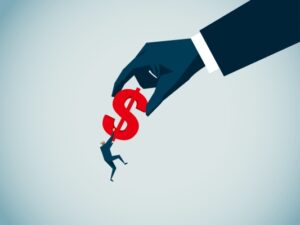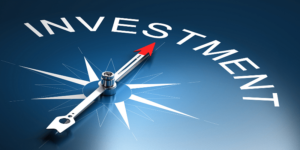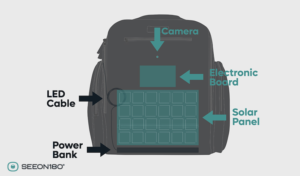As we enter Junior Year of the global pandemic, the sight of empty or near-empty grocery store shelves has returned from its debut in early 2020. And if it’s a headache for us, the end consumers, imagine how it must feel to the brands, distributors and retailers of the grocery store supply chain who are leaving money on the table and dealing with angry customers.
Crisp, a startup founded in 2016, has developed an open-data platform for each link in that supply chain to get better insights, demand forecasting, and other information that can help those folks make informed decisions about their inventory.
Up until now, food brands, retailers and distributors all held their own, siloed information around their inventory, sharing it with their counterparts in an unintelligible spreadsheet from time to time.
The lack of communication and openly available data made it difficult, even in the best of times, to get a clear picture of the supply/demand ratio for any given product, leading to (literal) tons of food waste and trillions of dollars lost. Crisp launched on the scene in January 2020 with an application that would allow retailers, distributors and brands to better understand demand forecasting around a variety of products.
Then the pandemic hit and the pendulum swung the other way. Not only was the data infrastructure lacking across the industry, but the way consumers behave changed rapidly, and the supply chain itself was in a state of chaos.
Crisp capitalized on the mayhem, raising more capital and scaling up with its demand forecasting application.
Here’s how I explained it at the time:
Crisp looks to solve this by giving these suppliers and distributors a visualization of their data instantly and in real time. The company has built integrations with a large number of ERP software, ingesting historical data from food brands and combining them with a wide range of other signals around demand drivers, such as seasonality, holidays, price sensitivity, past marketing campaigns, changes in the competitive landscape and weather that might affect the sale or shipment of ingredients or the product itself.
Today, Crisp announced the raise of a $35 million Series B (at a valuation “right under $500 million”) and updated TC on its pivot toward a platform rather than running as an application.
Founder Are Traasdahl, a serial entrepreneur, explained that the technology itself is desperately needed by all the links in the supply chain, but that asking for these folks to adopt yet another application/dashboard was likely a hindrance to growth. Instead, Crisp has launched an API that links into the existing workflows of retailers, distributors and brands so that the same real-time and predictive insights around supply are available.
“We have some API-driven platforms in industries like finance with Plaid and telecommunications with Twilio,” said Traasdahl. “The focus for us is around being a technology platform that enables a modern API on top of legacy systems used by teh retailers and distributors and participants in the supply chain. The last time we spoke we were half platform, half application and now we’re 100 percent platform.”
The beauty of Crisp is that it only gets better with scale. A single brand of yogurt can benefit greatly from understanding its own supply/demand situation, but when there are dozens of brands of yogurt in the system, Crisp can get even more granular with the predictive model.
In the last year, Crisp has scaled up quite a bit, with more than 200 emerging and enterprise brands on the platform (including Greenleaf, Nature’s Way, and Ripple). It’s retail and distribution footprint covers 80 percent of the U.S. grocery retail market both online and offline. Crisp has also signed on some much bigger clients, going from under $500 million brands on the platform to some companies worth $70 billion.
About 80 percent of Crisp’s customers are brands and manufacturers, but Traasdahl explained the value he’s selling to retailers as well.
“Before COVID, they assumed they could hit a button today and get the product tomorrow,” said Traasdahl. “But as they experienced out of stock situations and customers coming into the store and not finding the product, that is a big issue for their bottom line. They’ve realized that they can work with a company like Crisp that can facilitate this data sharing better, that makes the brands and distributors much better and they can be more proactive about things.”
In fact, grocery stores that are on a Crisp program have seen a 300 percent increase in ‘service levels’ (which means, when they click the button to order product it actually shows up) versus stores not on a Crisp program.
The new funding will go towards hiring up the team, which is currently around 80 people. (Women make up 33 percent of the team, people of color make up 15 percent of the team, and 50 percent of the management team are women.)
This Series B round was led by 3L, with participation from existing investors FirstMark (led the seed) and Spring Capital (led the Series A), among others.










